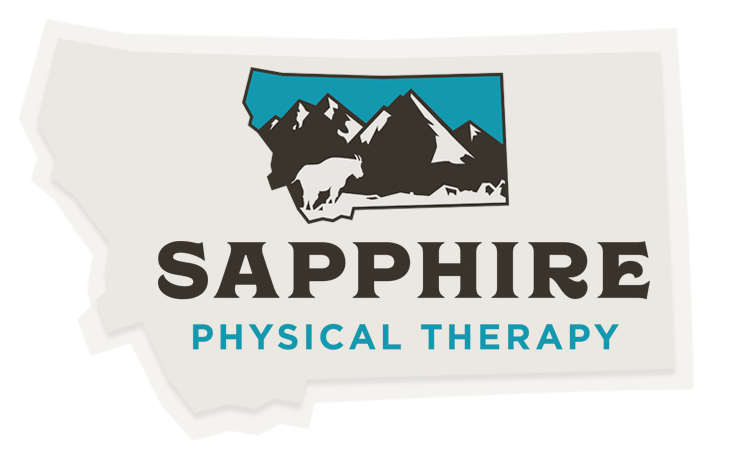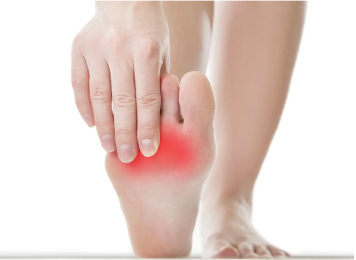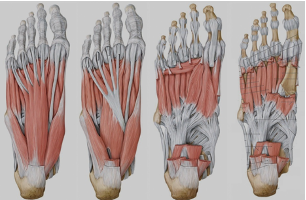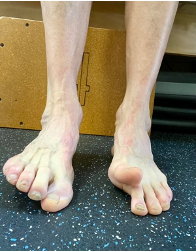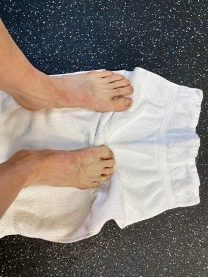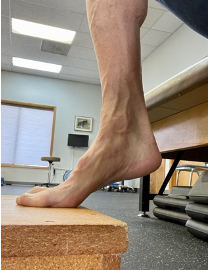Forefoot Pain in Running Athletes: Plantar Plate Injuries
John Fiore, PT
Has pain in the ball of your foot or toe stopped you in your tracks?
Forefoot pain is a common injury familiar to many running athletes. A sudden increase in running mileage, wearing shoes with poor support or cleats, or frequent hill running on rocky terrain are common causes of forefoot pain. Differentiating between possible forefoot injury diagnoses is crucial. Pain in the metatarsal heads is a common overuse injury, but a plantar plate injury often results in long-term pain and limitation if not treated correctly. Understanding signs of a plantar plate injury and seeking effective treatment early will result in a successful return to running.
Plantar Plate Anatomy
Pain in the metatarsal head and toe is hard to ignore. While rest will often resolve true metatarsalgia (inflammation of the metatarsal head), a plantar plate injury requires a different approach. The plantar plate connects the metatarsal bone to the toe, providing stability and promoting toe purchase (toe touching the ground). In addition to being painful, a plantar plate injury compromises the function of the associated toe. Taping the involved toe is an effective way to provide symptom relief and proper toe positioning (keeps toe flat to decrease pain and risk of long-term deformity). Additional treatments include strengthening the intrinsic musculature of the foot, a properly placed metatarsal pad, wearing a stiffer-soled shoe, and custom orthotics. A few foot exercise examples and a plantar plate taping example can be found below. Call the foot and ankle experts at Sapphire Physical Therapy to make sure your feet are ready for adventures in 2024.
Plantar Plate Taping
Proper plantar plate taping flattens the associated toe and provides support to promote healing. A physical therapist with foot expertise can provide instruction in effective taping.
Intrinsic Musculature Exercises
In addition to 26 bones and 33 joints, the bottom of the human foot has four layers of muscles. A strong foot is a happy foot. Foot pain impacts activity level and alters gait. Strengthening the four layers of plantar muscles prepares the foot for a gradual return to activities.
